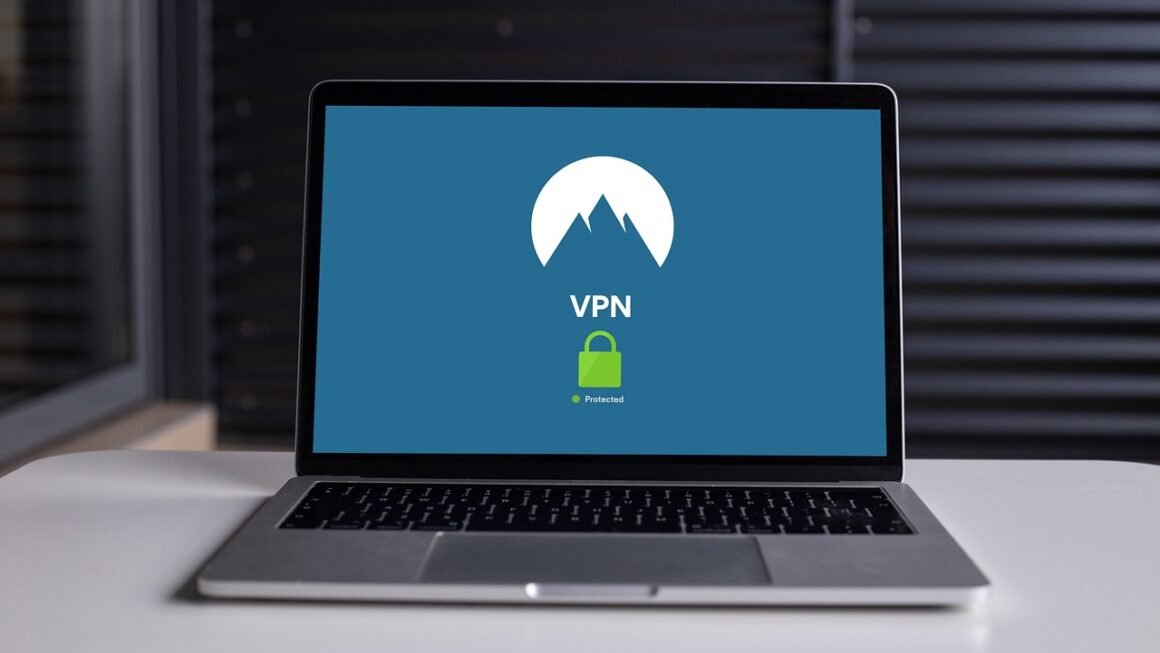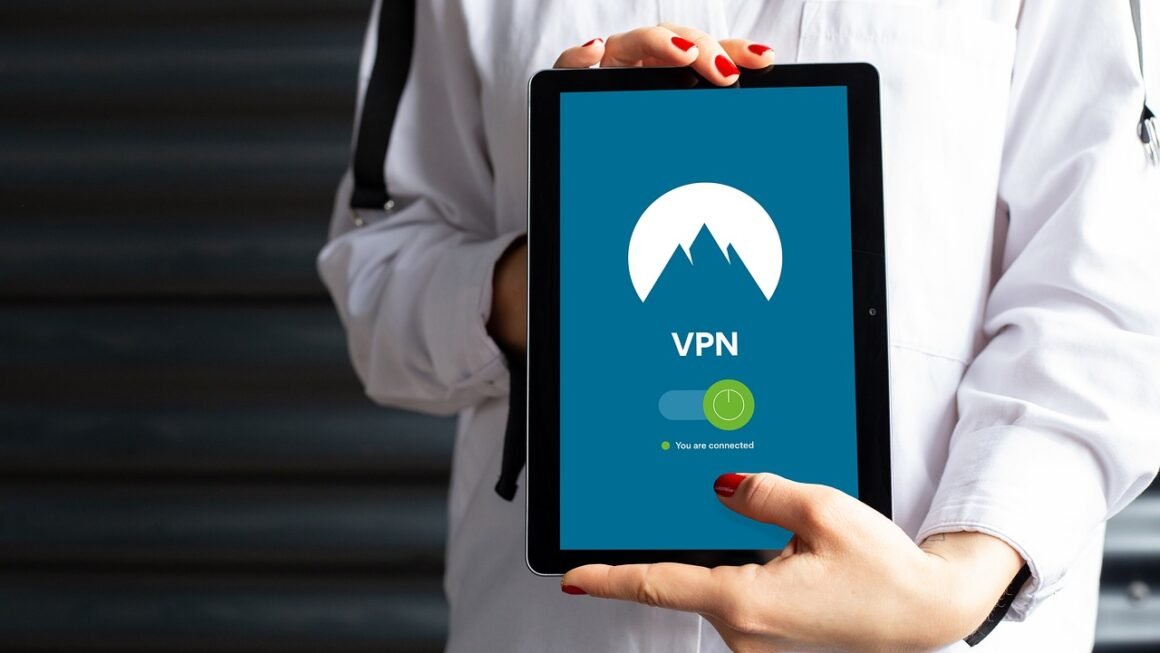Authentication is the digital gatekeeper, the bouncer at the exclusive club of your online life. It’s the process that verifies you are who you claim to be, ensuring only authorized individuals gain access to sensitive data, personal accounts, and valuable resources. In a world increasingly reliant on digital interactions, understanding authentication is crucial for both users and developers alike to safeguard against unauthorized access and potential security breaches. This guide delves deep into the world of authentication, exploring its various types, best practices, and the technologies that underpin secure online experiences.
What is Authentication?
Authentication, in its simplest form, is the process of verifying the identity of a user, device, or system attempting to access a resource. It’s about answering the question, “Are you really who you say you are?”. This process is fundamental to cybersecurity and data protection, preventing unauthorized access and maintaining the integrity of sensitive information. Think of it like showing your ID to get into a bar or using your key to unlock your front door – it’s a way of proving your right to access something.
The Importance of Strong Authentication
Strong authentication is vital for a multitude of reasons:
- Data Protection: Prevents unauthorized access to sensitive personal and financial data.
- Account Security: Protects user accounts from being compromised by hackers.
- Regulatory Compliance: Helps organizations comply with data privacy regulations like GDPR and HIPAA.
- Brand Reputation: Reduces the risk of data breaches that can damage a company’s reputation.
- Trust and Confidence: Fosters user trust in online platforms and services.
According to Verizon’s 2023 Data Breach Investigations Report, stolen credentials are a leading cause of data breaches, highlighting the critical need for robust authentication mechanisms.
Authentication vs. Authorization: Know the Difference
It’s crucial to understand the difference between authentication and authorization, as they are often confused.
- Authentication: Verifies the identity of a user. (“Who are you?”)
- Authorization: Determines what an authenticated user is allowed to access. (“What are you allowed to do?”)
Think of authentication as showing your employee ID badge to enter a building. Authorization is then what determines which offices and floors you have access to once inside. You might be authenticated as an employee, but your authorization might restrict you from accessing the CEO’s office.
Types of Authentication Methods
The digital world offers a range of authentication methods, each with its own strengths and weaknesses. Choosing the right method depends on the sensitivity of the resource being protected and the level of security required.
Single-Factor Authentication (SFA)
SFA relies on a single piece of evidence to verify a user’s identity. The most common example is using a username and password.
- Pros: Simple to implement and user-friendly.
- Cons: Most vulnerable to attacks like phishing, password cracking, and brute-force attempts.
SFA is generally considered insufficient for protecting sensitive information due to its inherent vulnerabilities. According to a study by Google, having just a password leaves your account open to 60% of attack attempts.
Multi-Factor Authentication (MFA)
MFA requires users to provide two or more independent factors of authentication to verify their identity. This significantly strengthens security by making it much harder for attackers to gain unauthorized access, even if they compromise one factor.
- Types of factors:
Something you know: Password, PIN, security questions.
Something you have: Smartphone, security token, smart card.
Something you are: Biometrics (fingerprint, facial recognition).
Somewhere you are: Geolocation.
- Examples of MFA:
Using a password and a one-time code sent to your phone.
Using a password and a fingerprint scan.
Using a smart card and a PIN.
MFA is widely recommended as a standard security practice. Enabling MFA can block over 99.9% of account compromise attacks, according to Microsoft.
Biometric Authentication
Biometric authentication uses unique biological traits to verify identity. It’s considered a strong form of authentication due to the difficulty of replicating or stealing biometric data.
- Types of biometric authentication:
Fingerprint scanning: Uses fingerprint patterns for identification.
Facial recognition: Uses facial features to match a user’s identity.
Voice recognition: Identifies users based on their voice patterns.
Iris scanning: Analyzes the unique patterns in the iris of the eye.
- Benefits of Biometric Authentication:
Strong security: Difficult to forge or steal biometric data.
Convenience: Eliminates the need to remember passwords.
High accuracy: Biometric systems are becoming increasingly accurate.
- Considerations for Biometric Authentication:
Privacy concerns: Collection and storage of biometric data raise privacy issues.
Accuracy limitations: Biometric systems can sometimes have false positives or negatives.
Cost: Implementing biometric authentication systems can be expensive.
Passwordless Authentication
Passwordless authentication methods eliminate the need for passwords altogether, relying on alternative factors like biometrics, security keys, or one-time codes sent to registered devices.
- Examples of passwordless authentication:
Magic links: A one-time link sent to a user’s email address.
Security keys (FIDO2): A physical device that generates a unique cryptographic signature.
Biometric login: Using fingerprint or facial recognition to unlock accounts.
- Benefits of Passwordless Authentication:
Improved security: Eliminates the risk of password-related attacks.
Enhanced user experience: Easier and faster login process.
Reduced password reset requests: Less burden on IT support.
Passwordless authentication is gaining traction as a more secure and user-friendly alternative to traditional password-based systems.
Implementing Authentication: Best Practices
Implementing robust authentication requires careful planning and adherence to security best practices.
Password Security
While passwordless authentication is gaining ground, passwords remain a common authentication method. It’s crucial to enforce strong password policies:
- Password Complexity: Require passwords to be a minimum length (at least 12 characters) and include a mix of uppercase and lowercase letters, numbers, and symbols.
- Password Rotation: Encourage users to change their passwords regularly.
- Password Hashing: Store passwords securely using strong hashing algorithms like bcrypt or Argon2. Never store passwords in plain text.
- Password Salting: Add a unique, random salt to each password before hashing to prevent rainbow table attacks.
- Password Managers: Encourage users to use password managers to generate and store strong, unique passwords for each account.
Secure Session Management
Proper session management is essential for maintaining security after a user has been authenticated.
- Session IDs: Generate unique and unpredictable session IDs for each user session.
- Session Expiration: Set appropriate session expiration times to limit the window of opportunity for attackers to hijack sessions.
- Session Hijacking Protection: Implement measures to prevent session hijacking, such as using HTTPS and validating the user’s IP address.
- Secure Cookies: Store session IDs in secure, HTTP-only cookies to prevent them from being accessed by client-side scripts.
Implementing MFA
If appropriate for the use case, MFA should be implemented to significantly enhance account security.
- Choose appropriate factors: Select factors that are appropriate for the risk level of the application and the user’s needs.
- Offer multiple options: Provide users with multiple MFA options to choose from, such as SMS codes, authenticator apps, or security keys.
- User education: Educate users about the importance of MFA and how to use it properly.
- Conditional access: Implement conditional access policies that require MFA based on factors like location, device, or risk score.
Handling Account Recovery
A secure and user-friendly account recovery process is crucial for helping users regain access to their accounts if they forget their passwords or lose access to their MFA devices.
- Provide multiple recovery options: Offer users multiple ways to recover their accounts, such as email recovery, phone number recovery, or security questions.
- Verify user identity: Implement strong identity verification measures to prevent attackers from hijacking the account recovery process.
- Use time-based one-time passwords (TOTP): Generate and verify TOTP codes for account recovery to add an extra layer of security.
- Educate users: Educate users about the account recovery process and how to use it safely.
Authentication Technologies and Protocols
Various technologies and protocols underpin modern authentication systems. Understanding these technologies is essential for developers building secure applications.
OAuth 2.0
OAuth 2.0 is an authorization framework that enables third-party applications to access resources on behalf of a user without requiring the user to share their credentials. It’s widely used for social login and API access.
- Key concepts:
Resource owner: The user who owns the data.
Client: The third-party application requesting access to the data.
Authorization server: The server that authenticates the user and issues access tokens.
Resource server: The server that hosts the data and verifies access tokens.
- Common use cases:
Allowing users to log in to an application using their Google or Facebook account.
Granting a third-party application access to a user’s data on a social media platform.
Securing APIs by requiring access tokens for authentication.
OpenID Connect (OIDC)
OpenID Connect is an identity layer built on top of OAuth 2.0 that provides a standardized way for applications to verify the identity of users. It enables single sign-on (SSO) across multiple applications.
- Key benefits of OIDC:
Single sign-on: Users can log in to multiple applications with a single set of credentials.
Standardized identity information: OIDC provides a standardized way to obtain user identity information, such as name, email address, and profile picture.
Improved security: OIDC leverages the security features of OAuth 2.0, such as access tokens and refresh tokens.
SAML (Security Assertion Markup Language)
SAML is an XML-based standard for exchanging authentication and authorization data between security domains. It’s commonly used for SSO in enterprise environments.
- Key components of SAML:
Principal: The user or entity being authenticated.
Identity Provider (IdP): The system that authenticates the principal.
Service Provider (SP): The application or service that the principal is trying to access.
- How SAML works:
1. The principal attempts to access a resource on the SP.
2. The SP redirects the principal to the IdP for authentication.
3. The IdP authenticates the principal and issues a SAML assertion.
4. The IdP sends the SAML assertion to the SP.
5. The SP verifies the SAML assertion and grants the principal access to the resource.
WebAuthn
WebAuthn is a web standard for passwordless authentication that enables users to authenticate using hardware security keys or platform authenticators like fingerprint scanners or facial recognition.
- Benefits of WebAuthn:
Strong security: WebAuthn provides strong protection against phishing and other password-related attacks.
User-friendly: WebAuthn is easy to use and provides a seamless authentication experience.
* Cross-platform compatibility: WebAuthn is supported by all major web browsers and operating systems.
Conclusion
Authentication is a critical component of any secure system. By understanding the different types of authentication methods, implementing security best practices, and leveraging appropriate technologies and protocols, developers and organizations can significantly reduce the risk of unauthorized access and data breaches. In today’s digital landscape, a robust authentication strategy is not just a best practice, but a necessity for protecting sensitive information and maintaining user trust. Embracing MFA, exploring passwordless solutions, and staying informed about the latest authentication technologies are all crucial steps towards building a more secure online world.



